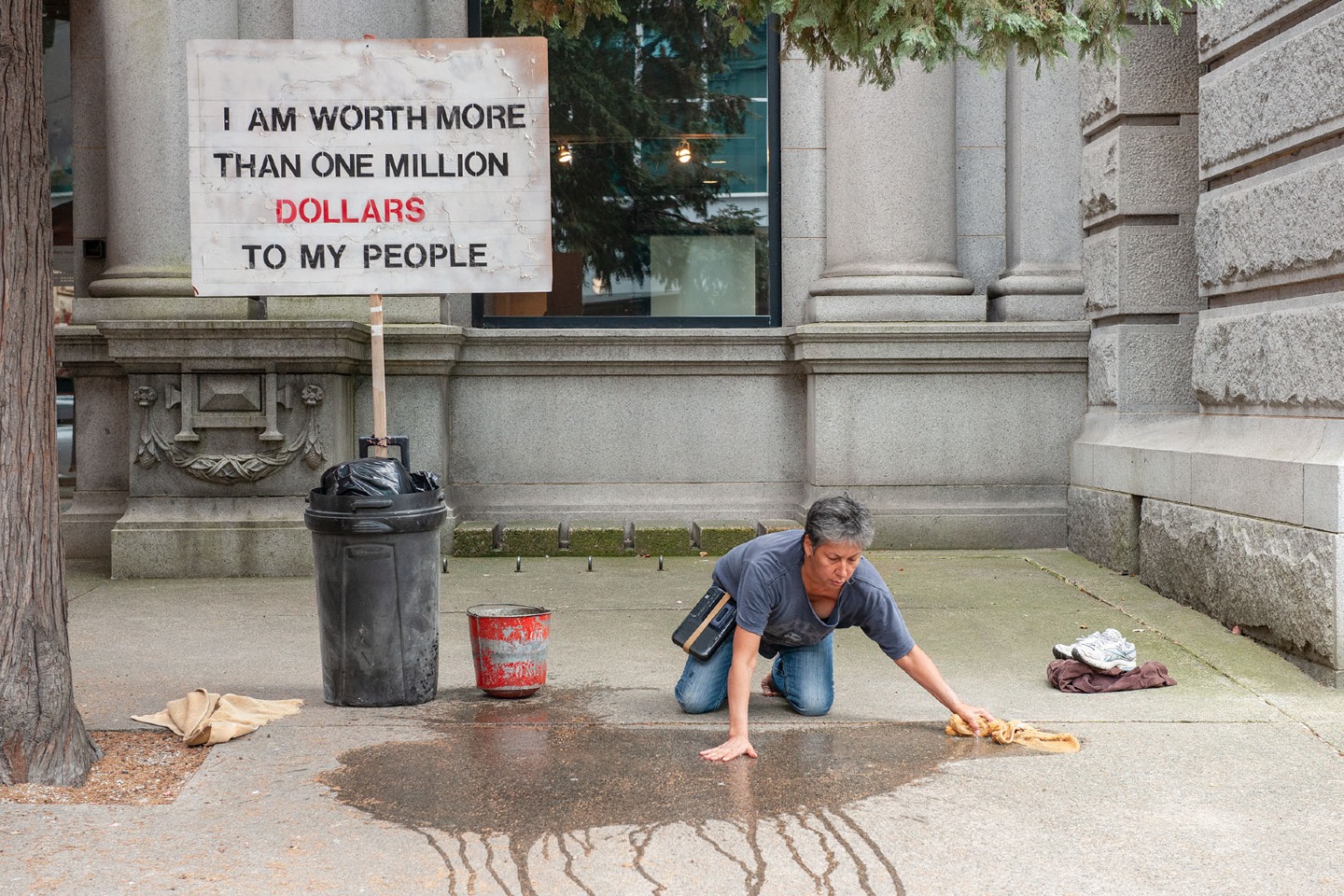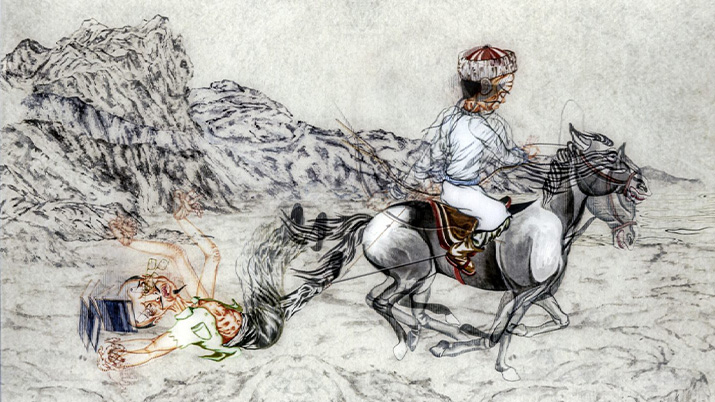Cheyney Thompson is a New York-based artist whose work in painting and sculpture centers on issues of abstraction and representation.
Cheyney Thompson is a New York-based artist whose work in painting and sculpture centers on issues of abstraction and representation. His work is the subject of a survey exhibition which will open at the MIT List Visual Arts Center on February 9, 2012. Alongside recent exhibitions at Sutton Lane (Brussels and Paris), Galerie Daniel Bucholz (Berlin and Köln), and Andrew Kreps Gallery (New York), Thompson’s work has been featured in significant exhibitions such as Slow Painting, Museum Morsbroich, Leverkusen, Germany (2009), Collatéral, Le Confort Moderne, Poitiers Cedex, France (2009) Compass in Hand: Selections from the Judith Rothschild Foundation Contemporary Drawings Collection, Museum of Modern Art, New York (2009), and the Whitney Biennial, Whitney Museum of American Art, New York (2008). Thompson teaches on the MFA Program in Visual Art at Bard College, New York.
In a pair of recent essays (published in Texte zur Kunst and October), art historian David Joselit has given a prominent place to Thompson’s work in his attempt to articulate how a set of recent practices have significantly opened the discipline of painting to the transitive activities of the network. Joselit proposes that these practices ask us to consider how actions pass over into objects, reviving the possibility of a type of a transitive, diagrammatic condition for painting, a condition Joselit had previously attributed to the mechanical drawings of Picabia:
Thompson’s work begs the question of inclusion within a genre – of what belongs, for instance, to the category “painting”. But his interest in “genre” has little to do with the exhausted (and exhausting) discussions of medium-specificity that have plagued the legacy of modern painting. […] The fold, as Derrida and Gilles Deleuze argue, may figure as an act of signification even more fundamental than language. It is a doubling over, a circling back which marks locative meaning based on position, touching and repetition. Thompson makes use of at least four kinds of folds to articulate boundaries and determine inclusions. These echo the great modernist tactics of noncompositionality, seriality and the monochrome, for instance, but their priorities have shifted from internal to external logics.
David Joselit, BLANKS AND NOISE: On Cheyney Thompson, Texte Zur Kunst, Issue Nr. 77 / March 2010 “Painting”
The artist’s ongoing series of Chronochromes (2009 – 2011) are meticulously constructed using the color system devised by Albert H. Munsell, a Boston-based artist and professor at the Massachusetts College of Art in the early 20th century. Munsell attempted to create an accurate scientific system for numerically describing colors by specifying them based on three dimensions: hue, value, and chroma. Thompson grafts this color system onto a calendar, where each day is assigned a complementary hue pair, with each hour changing the value of the color, and every month changing the saturation. As Thompson explains, Munsell’s color system provides a system of producing paintings which register fatigue, distraction, and interruptions, as well as the flow of time.
Weblinks:
David Joselit, BLANKS AND NOISE: On Cheyney Thompson
http://www.suttonlane.com/artists/ct/docs/TEXTE%20ZUR%20KUNST.pdf
Sutton Lane Artist Page
http://www.suttonlane.com/artist.php?a=ct&p=home
Directions: Lasserre Building, Room 102, UBC
http://www.maps.ubc.ca/PROD/index_detail.php?show=y,n,n,n,n,y&bldg2Search=n&locat1=028&locat2=
The Distinguished Visiting Artist Program is made possible by the generous support of the Rennie Collection.http://www.renniecollection.org/index.php

